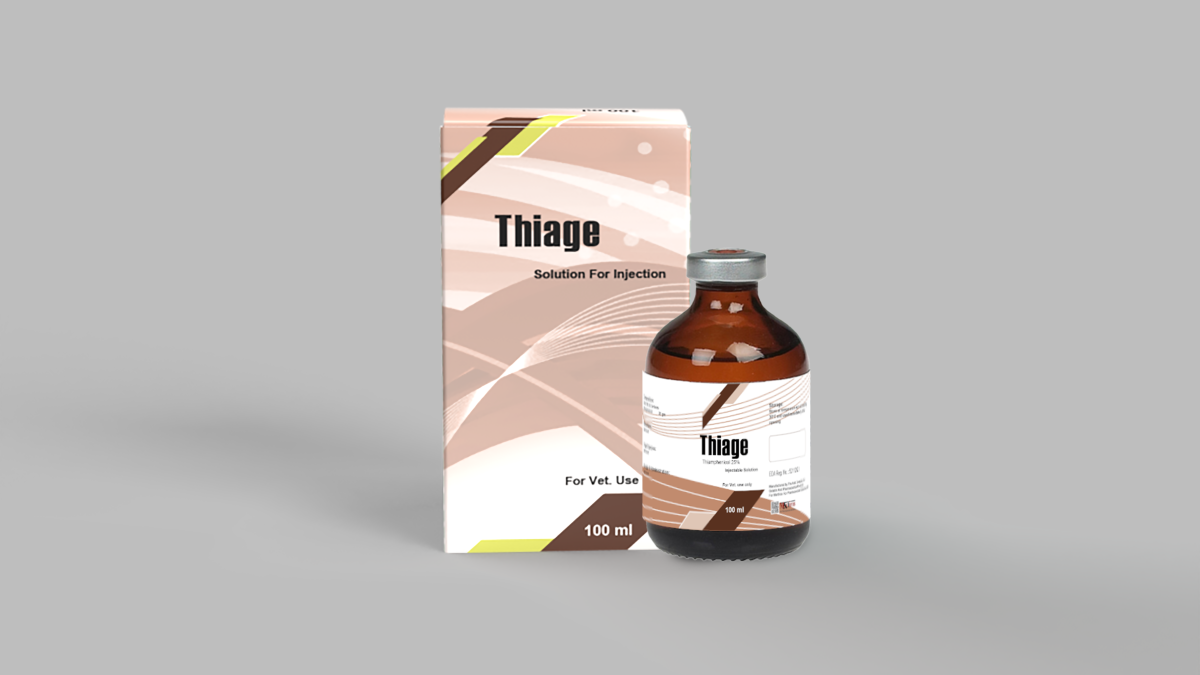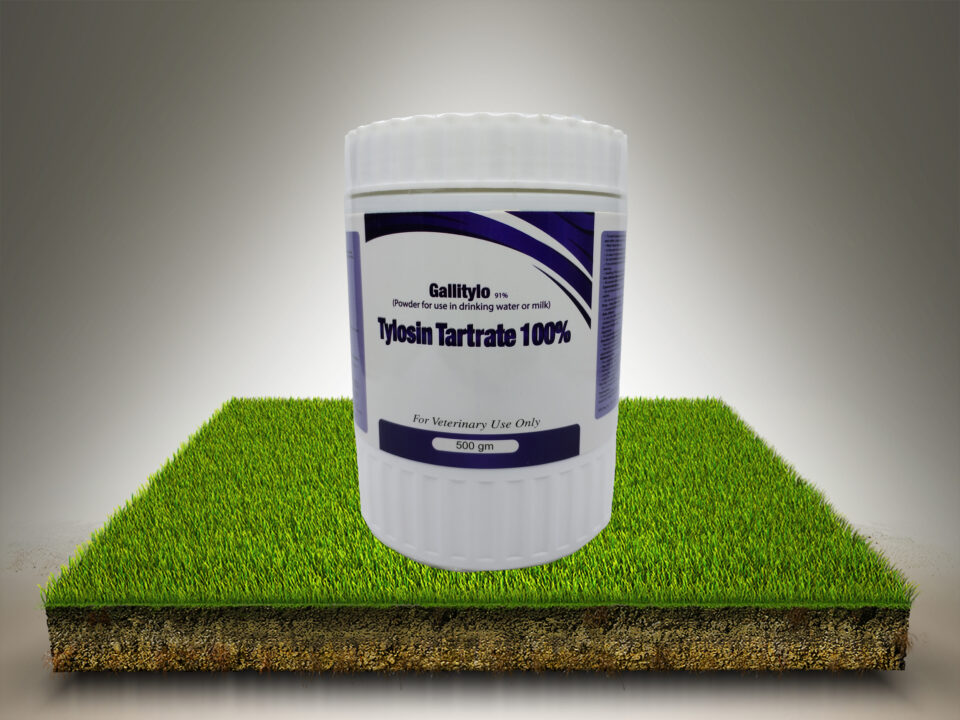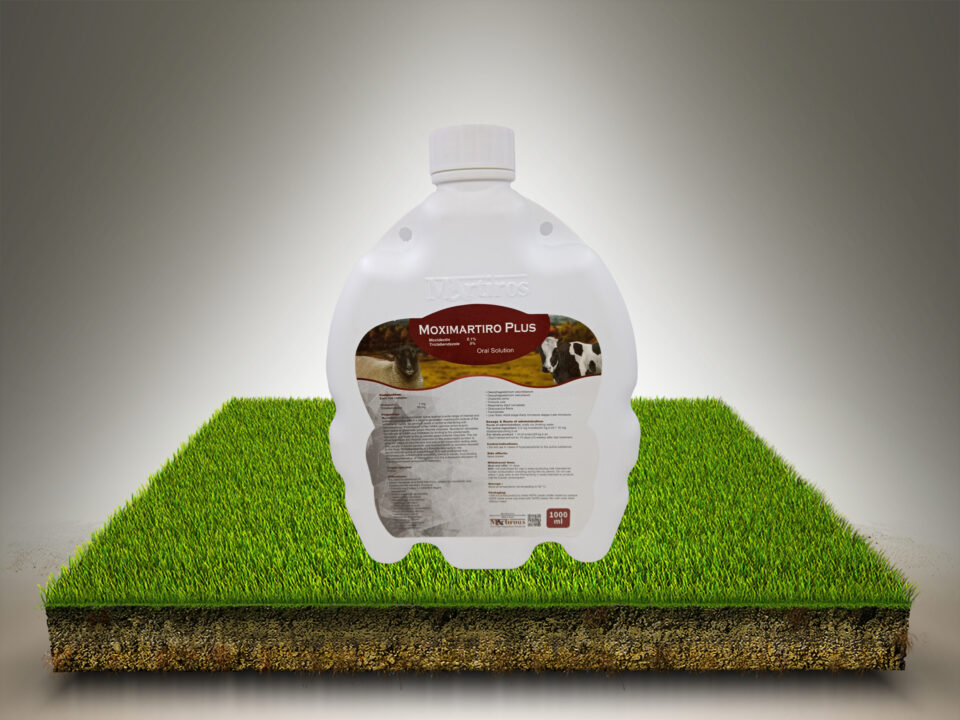
Tetramarti

Clomart
Solution For Injection
For Veterinary Use Only
Composition :
Each 100 ml contains
Thiamphenicol 25 gm
Properties:
Thiamphenicol is a broad spectrum antibiotic that has activity against gram Positive , Gram Negative , anaerobes, Chlamydia, and large molecule virus and some protozoans .
Among others, the following kinds are sensitive to the Thiamphenicol : Streptococcus, Staphylococcus, Corynebacterium, Pasteurella, Brucella, Shigella, Pseudomonas, Erysipelothrix, Escherichia, Klebsiella, Proteus, Salmonella and Listeria.
It acts by binding to the 50-S subunits of the 70-S ribosomes, thus blocking peptidyl transferase and resulting in the inhibition of bacterial protein synthesis.
Indications:
Treatment of septic infections caused by susceptible microorganisms in cattle , sheep, goats and pigs such as salmonella septicemia , E. coli, pasteurelle, clostridia.
Treatment of intestinal infections, bronchopneumonia and pneumonia, Secondary infections in viral diseases, Urinary tract infections, Metritis, Pyometra and Mastitis infections in the hoof and Dermatitis.
Target Species:
Cattle, goats, pigs
Dose for active ingredient:
By Intramuscular, intravenous injection
25-50 mg thiamphenicol per kg body weight
Dose for whole product:
10-20 ml per 100 kg body weight for 3-5 days
Contra-indications
Hypersensitivity individual ascertained towards the product.
Adverse effects:
Overdose can cause dismicrobism and or fungal super infection . Some animals may demonstrate temporary tenderness in the injection site
Warnings:
Thiamphenicol crosses the placental barrier
Withdrawal periods:
Meat: Cattle: 10 days. Goats: 16 days. Pigs: 13 days.
Milk: 120 hours
Storage:
Store in dry dark and place at temperature not exceeding to 30 o.
Packaging:
Vial of 50,100 and 250 ml




